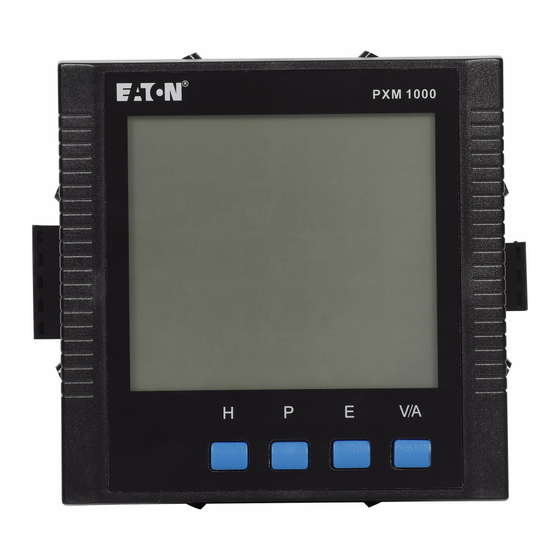
Eaton Power Xpert 1000 User Manual
Hide thumbs
Also See for Power Xpert 1000:
- User manual (97 pages) ,
- Quick start manual (8 pages) ,
- Installation and user manual (200 pages)
Table of Contents
Advertisement
Advertisement
Table of Contents















Need help?
Do you have a question about the Power Xpert 1000 and is the answer not in the manual?
Questions and answers